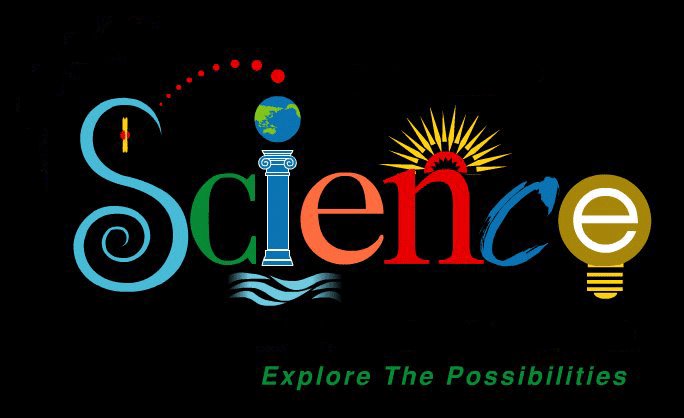Dear Students:
We are beginning a new chapter and it will be the first of several that make up our Unit of Human Biology.
Chapter 14: Bones, Muscles and Skin sets the beginning of our study of the Human body. It is divided into four main sections, described below.
Body Organization and Homeostasis
Reading Preview
Key Concepts
• What are the levels of organization in the body?
• What is homeostasis?
Key Terms
• cell
• cell membrane
• nucleus
• cytoplasm
• tissue
• muscle tissue
• nervous tissue
• connective tissue
• epithelial tissue
• organ
• organ system
• homeostasis
• stress
Section 2 The Skeletal System
Reading Preview
Key Concepts
• What are the functions of the skeleton?
• What role do joints play in the body?
• What are the characteristics of bone, and how can you keep your bones strong and healthy?
Key Terms
• skeleton
• vertebrae
• joint
• ligament
• cartilage
• compact bone
• spongy bone
• marrow
• osteoporosis
Section 3 The Muscular System
Reading Preview
Key Concepts
• What types of muscles are found in the body?
• Why do skeletal muscles work in pairs?
Key Terms
• involuntary muscle
• voluntary muscle
• skeletal muscle
• tendon
• striated muscle
• smooth muscle
• cardiac muscle
Section 4 The Skin
Reading Preview
Key Concepts
• What are the functions and the structures of skin?
• What habits can help keep your skin healthy?
Key Terms
• epidermis
• melanin
• dermis
• pore
• follicle
• cancer
Important Dates to Keep in Mind
December 1 Key Terms
December 13 Work pack
December 15 Test Ch 14
Chapter Project
Design and Build a Hand Prosthesis
A prosthesis is an artificial device that replaces a human body part. Designing artificial replacements, such as prosthetic hands, can be a challenging task. This is because even a simple act, such as picking up a pen, involves a complex interaction of body parts.
Your Goal
To design, build, and test a replacement for a human hand
Your prosthesis must
• grasp and lift a variety of objects
• be activated by pulling a cord or string
• spring back when the cord is released
• be built following the safety guidelines in Appendix A
•
Project Directions
Plan It Before you design your prosthetic hand, study the human hand. Watch how the fingers move to pick up objects. Make a list of devices that mimic the ability of the hand to pick up objects. Examples include tongs, tweezers, pliers, and chopsticks. Then, choose materials for your hand and sketch your design. When your teacher has approved your design, build and test your prosthetic hand.

No comments:
Post a Comment